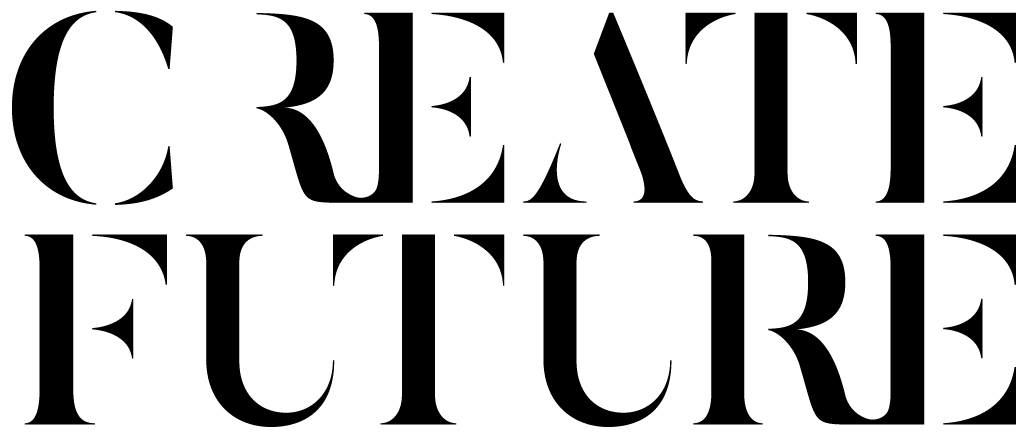How to create an Oscar-worthy webinar
The three Ps (and one F) of a successful webinar strategy
As part of our wider aim to help Zoetis redefine marketing best practice for their teams across the globe, we recently ran a short engagement to capture and distil the success of Zoetis Poland’s webinar strategy.
We had a very fun & productive few days with the team in Warsaw. We ate some great food, briefly played in the snow and also learned LOADS about producing a killer webinar.
So, in true CreateFuture fashion, we thought we should spread the wealth and share some of our top takeaways.
And here they are, the three Ps (and one F) to help you run a successful webinar.
Planning
Planning is key in the delivery of a great webinar. There are a lot of moving parts in live video production, and each has to run perfectly in order to nail your end product.
Ideally, you should start planning eight weeks out to ensure you give the right content, to the right audience, at the right time, in the right way, with no technical hiccups!
Tips
Do your research. What is causing your audience pain and how can you address that? From here you can ask the right questions and book the right experts, internal or external.
Make the most of your CRM. Invite the right people to the right events, and make sure you're not clashing with something obvious, like an industry event or a World Cup final!
Build the best team. Get the right people in place to make sure the project is a success. Don’t be afraid to reach out to a professional for help if you need it; this can be quite a daunting technical undertaking.
Personality
Your webinar should be full of personality. This is a brilliant chance to introduce your audience to your human side, especially if you are a digital-first business or exist in a B2B sphere where you need to influence an end-user beyond your customer.
Tips
Find a presenter that’s a natural: this might not be the obvious choice! Don’t instantly assume you should go with the most senior person. Find someone comfortable in front of the camera that embodies your brand voice. If they need to be trained up a little, that’s okay.
Remember, there is a real, live human on the other side of the screen, so don’t just coldly read from your script. The only difference between delivering a webinar and a presentation is that your audience isn’t in the room, but that doesn’t mean you don't have to work hard to stop them nodding off in their chair.
Presentation
Remember that your webinar is being watched by a human not too dissimilar to yourself. You wouldn’t want to watch the same talking head for 45 minutes and neither do they. Think about your presentation; what content could you use to break up the broadcast and keep your audience engaged?
Tips
Slides, stat graphics and short sharp video clips are all great assets when it comes to reinforcing your key messages and adding to your webinar presentation. Try and decide on these during your planning phase to give you enough time to gather everything you’ll need.
Don’t be afraid to take a break. If you're delivering a longer webinar there’s nothing to stop you announcing a break. Let people know when you’ll be restarting and then hit play on that brand film you made last year. Both you and the audience can grab some fresh air and a drink and come back refreshed for the second half.
A big part of your presentation is your set. Give it some thought; do you want a nice clean studio background that you can easily overlay graphics on (think Apple keynote), or do you want people to see the hustle and bustle of your business (think BBC News 24)?
Follow Up
Your job’s not done when the camera stops rolling. Now it’s time to sweat the assets. Your webinar will generate two simple segments to follow up - those who tuned in and those who didn’t. It’s key you approach both in order to help develop and nurture your audience and ensure that each webinar is more useful to the user than the last.
Tips
For those who did tune in follow up immediately with a feedback form. It doesn't have to be the national census, just the key questions needed to capture the audience's thoughts while they’re still hot and fresh in their brain.
Once your webinar is out of post-production, drop an email to both segments with a link to the webinar video. Include answers to any questions that were left unanswered during the session and links to any useful relevant content, whether that comes from you or a third party.
Turn your negatives into positives. Actively work to turn any feedback into a positive opportunity. How Might We notes are a great tool for this.
And that’s it. Go forth and embrace your inner Spielberg.
In a video-first world, webinars are an incredibly useful tool for getting your message directly into the eyes and ears of your consumers.
If you think they could be the answer to a problem your currently facing, or if you need support with your wider strategy setting, drop us a line we’d love to chat.

